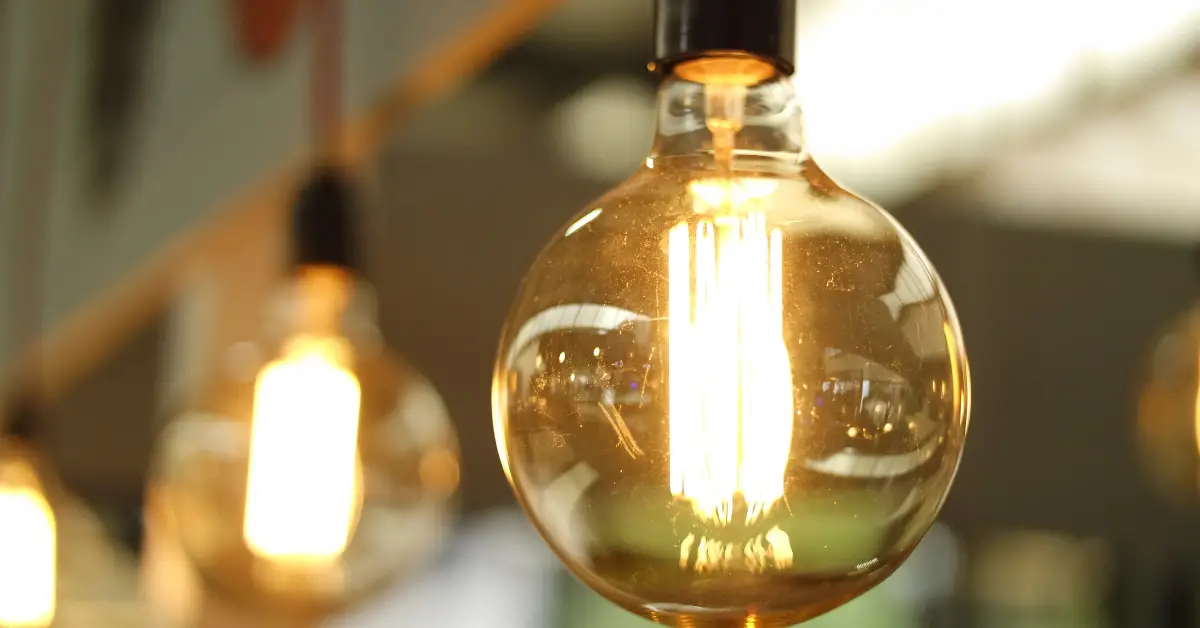Projectors have become an increasingly popular option for home theaters, business presentations, and classroom settings. One of the biggest concerns for projector owners is how long the bulb will last and when they will need to replace it. The lifespan of a projector bulb varies depending on several factors, including usage time, environment, and quality of the bulb. In this article, we will dive into the lifespan of projector bulbs and discuss tips for increasing their longevity.
Table of Contents
How Long Do Projector Bulbs Last?
Projector bulbs are an essential component of a projector, as they are responsible for projecting the image onto the screen. However, like any other light bulb, they have a limited lifespan. The lifespan of a projector bulb is determined by several factors, such as the type of bulb, usage patterns, and maintenance. In this article, we will provide a comprehensive guide on how long projector bulbs last and tips on how to extend their lifespan.
- Types of Projector Bulbs and Lifespan There are several types of projector bulbs available in the market, including metal halide, UHP, LED, and laser. The lifespan of a projector bulb varies depending on its type. Metal halide bulbs are the most commonly used bulbs and have a lifespan of 2000 to 4000 hours. UHP bulbs are the most expensive but have a longer lifespan of 5000 to 10,000 hours. LED and laser bulbs have the longest lifespan, ranging from 20,000 to 30,000 hours.
- Usage Patterns The usage pattern of a projector also affects the lifespan of the bulb. The more frequently a projector is used, the shorter the lifespan of the bulb. For example, if a projector is used for 8 hours every day, the bulb’s lifespan will be shorter than a projector used for only a few hours a week.
- Maintenance Proper maintenance of a projector is essential to ensure a longer lifespan for the bulb. Cleaning the air filter regularly and keeping the projector in a well-ventilated area can help prevent overheating, which is one of the main causes of a shorter bulb lifespan.
- Warning Signs of a Failing Bulb Projector bulbs usually do not fail suddenly but instead show warning signs of failure. These signs include reduced brightness, color accuracy, and image quality. If you notice any of these signs, it may be time to replace the bulb.
- How to Replace a Projector Bulb Replacing a projector bulb is a straightforward process, but it varies depending on the projector model. It is essential to follow the manufacturer’s instructions to avoid damaging the bulb or projector. In general, the steps involved include turning off the projector, unplugging it, removing the bulb cover, removing the old bulb, and inserting the new bulb.
In conclusion, the lifespan of a projector bulb varies depending on several factors, including the type of bulb, usage patterns, and maintenance. It is essential to follow the manufacturer’s instructions for proper maintenance and replace the bulb when it shows signs of failure. By taking these measures, you can extend the lifespan of your projector bulb and get the most out of your projector.
How To Check Your Projector Lamp Life?
If you own a projector, it is important to keep track of your lamp’s usage so that you know when it’s time to replace it. Most projectors have a built-in lamp hour meter that shows you how many hours the lamp has been used. Here are the steps to check your projector lamp life:
- Turn on your projector and navigate to the “Settings” or “Options” menu.
- Look for the “Lamp Life” or “Lamp Hour” option and select it.
- The lamp hour meter will display the total number of hours the lamp has been used. Note this number down for future reference.
- Some projectors may also display an estimated lamp life or remaining lamp hours. This can be helpful in determining when it’s time to replace the lamp.
It is important to note that the lamp hour meter may not always be 100% accurate. Some projectors may have a built-in timer that automatically turns off the lamp after a certain number of hours to prevent damage. This means that the lamp hour meter may not accurately reflect the actual number of hours the lamp has been used. In addition, factors such as the projector’s environment, frequency of use, and lamp brightness settings can all affect the lamp’s lifespan. Therefore, it is always a good idea to keep an eye on the lamp’s brightness and overall performance to determine when it’s time for a replacement.
Conclusion
In conclusion, checking the lamp life of your projector is a crucial step in ensuring the longevity and optimal performance of your device. By understanding how to check the lamp life and the various factors that affect the lifespan of projector bulbs, you can make informed decisions about when to replace your bulb and how to extend its life. With proper maintenance, regular checks, and using the projector in the recommended conditions, you can enjoy a longer lifespan for your projector bulb, saving you time and money in the long run.

